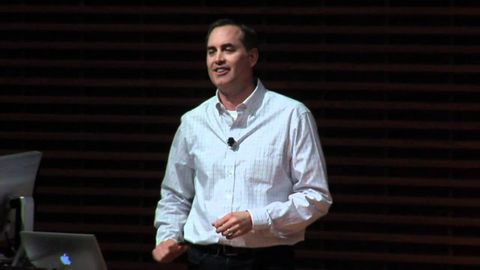
Subtitles & vocabulary
BJ Fogg: Individuals Must Change Habits for Better Health
00
Cherry posted on 2015/10/04Save
Video vocabulary
tooth
US /tuθ/
・
UK /tu:θ/
- Noun
- A sharp points on the edge of a machine or tool
- Hard white things in the mouth, used to bite
A1
More people
US /ˈpipəl/
・
UK /'pi:pl/
- Noun (Countable/Uncountable)
- Persons sharing culture, country, background, etc.
- Men, Women, Children
- Transitive Verb
- To populate; to fill with people.
A1
More phone
US /foʊn/
・
UK /fəʊn/
- Verb (Transitive/Intransitive)
- To talk to someone using a telephone
- Noun
- Machine used to talk to someone who is far away
A2TOEIC
More Use Energy
Unlock All Vocabulary
Unlock pronunciation, explanations, and filters
